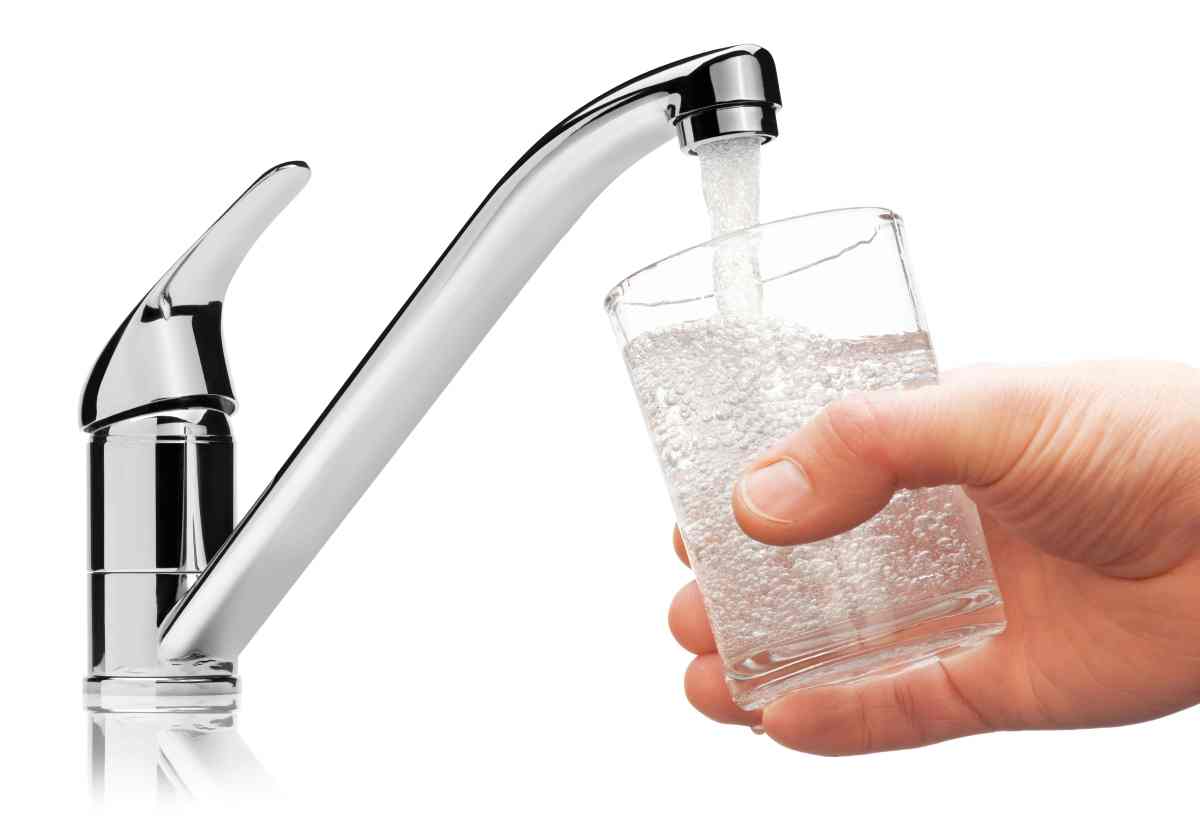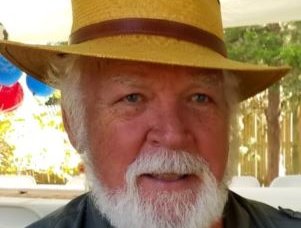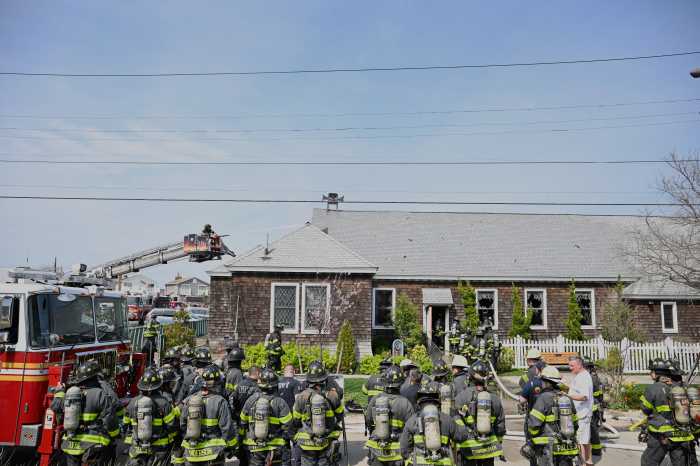On Long Island there’s been “a lot of focus on water quality but not enough on water quantity,” says John Turner, a leading local environmentalist long involved in water issues.
He was legislative director of the New York State Water Resource Commission and director of Brookhaven Town’s Division of Environmental Protection. He’s conservation policy advocate at Seatuck Environmental Association in Islip.
“It’s a constant challenge to inform people on how they get their water — where it comes from,” he says. Long Islanders “don’t see” the “groundwater reservoir” below, their sole source of potable water.
There’s been increasing concern over the years about chemical contaminants in the island’s water supply, he notes. But quantity is an equivalent problem.
Nassau County has been hit by a lowering of its water table because 85 percent of the county is sewered and all these sewage treatment plants rely on outfall of wastewater into surrounding waterways.
In Suffolk, 30 percent sewered, the Southwest Sewer District’s Bergen Point Sewage Treatment Plant sends millions of gallons a day of wastewater through an outfall pipe into the Atlantic Ocean, and smaller sewage plants send wastewater into bays and Long Island Sound.
In Nassau, lakes, ponds, and streams, which are the “uppermost expression of the aquifer system, have dropped considerably,” says Turner. Hempstead Lake “is Hempstead Pond.” There’s no longer a Valley Stream in Valley Stream.
It doesn’t have to be this way, he emphasizes. In Suffolk, starting in 2016, the Riverhead Sewage Treatment Plant began sending treated effluent to the county’s adjoining Indian Island Golf Course. This has provided irrigation nitrogen and fertilization, and wastewater is “no longer finding its way into the marine environment” to cause algae blooms.
The key, says Turner, is water “reuse.”
“We’ve been calling for the counties or the State of New York to put together an islandwide water reuse roadmap.”
For if Nassau and Suffolk destroy their underground water supply — as Brooklyn and Queens did years ago from over pumping and entry into the water table of saltwater — there’ll be no rescue from New York City, he says.
The city gets its water from upstate reservoirs. There’s been talk recently of Nassau buying water from the city. But its reservoirs are near capacity.
“New York City has not been welcoming Nassau County with open arms,” says Turner. Another alternative is desalinization but that’s “incredibly energy intense and expensive.”
Water reuse is a Long Island essential.

































